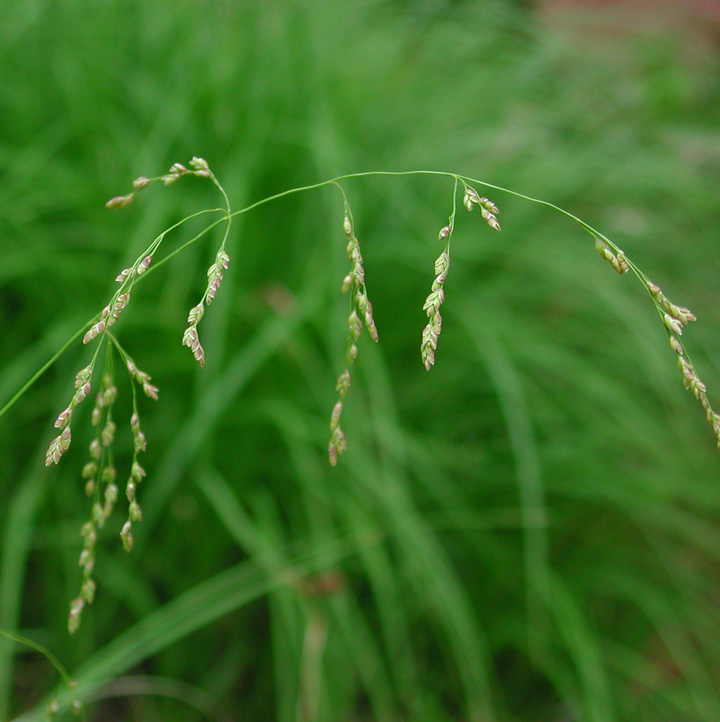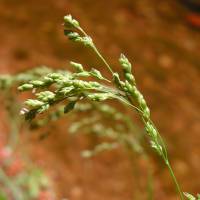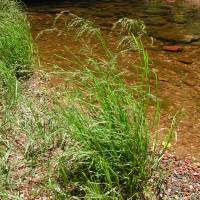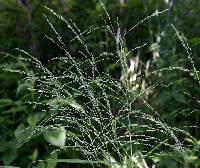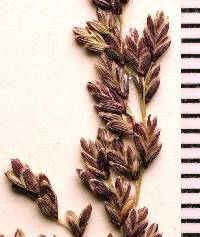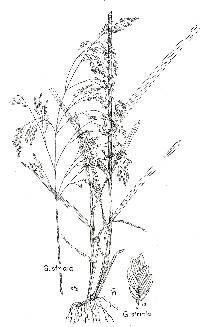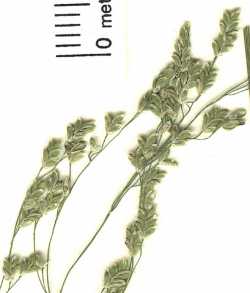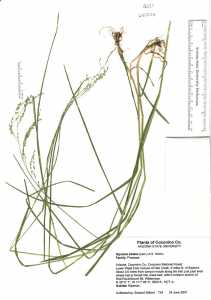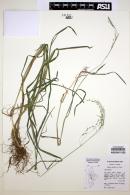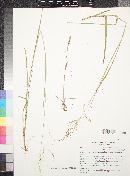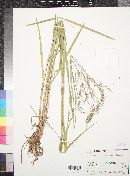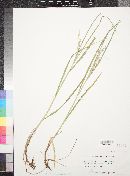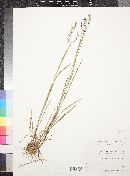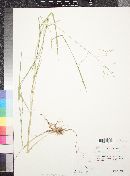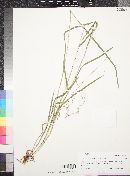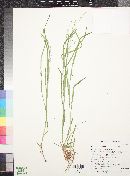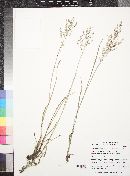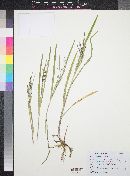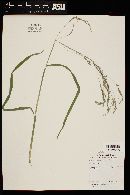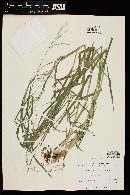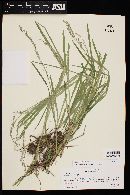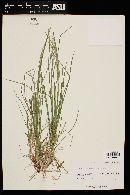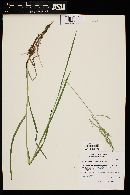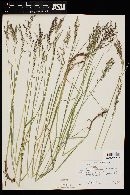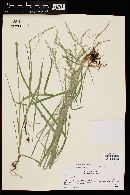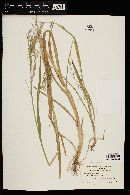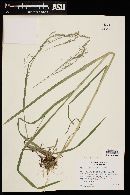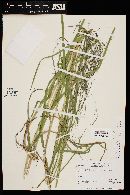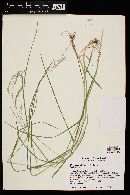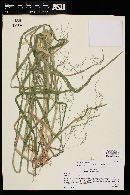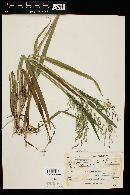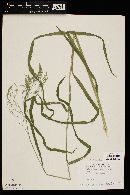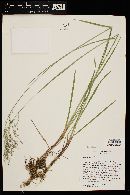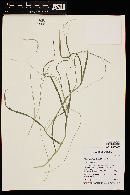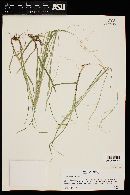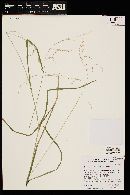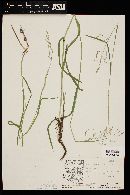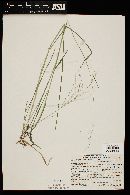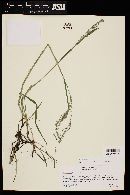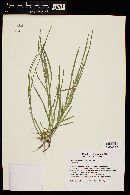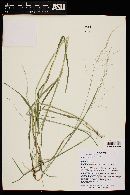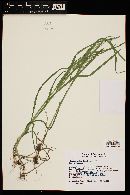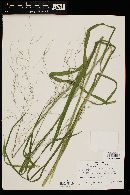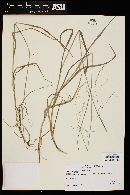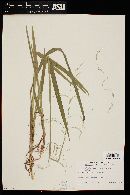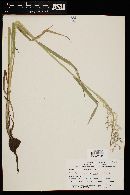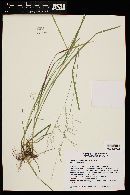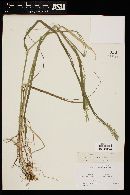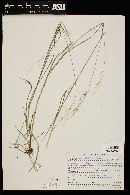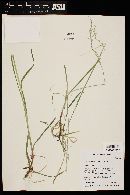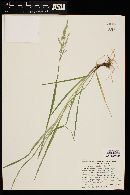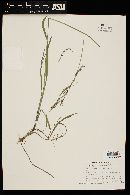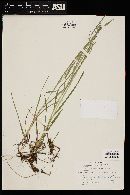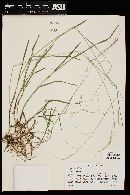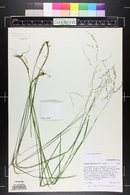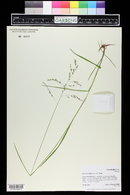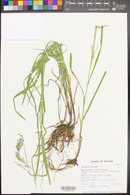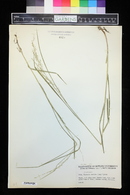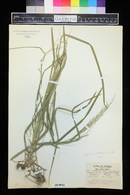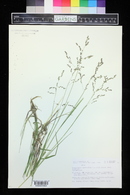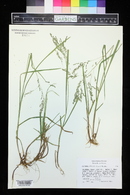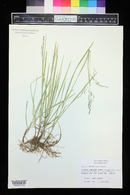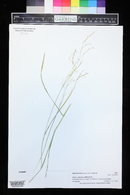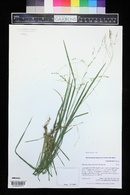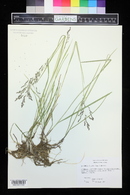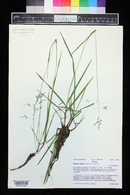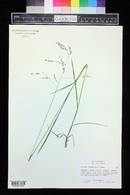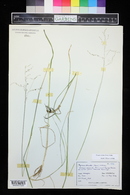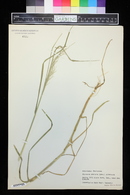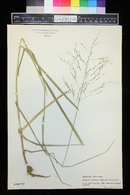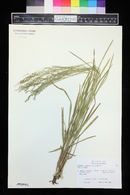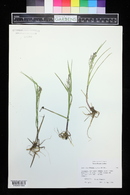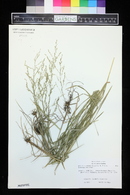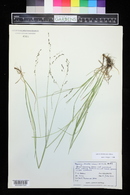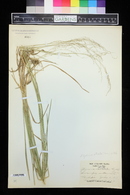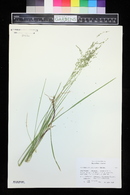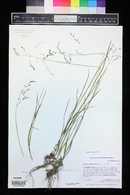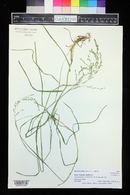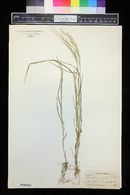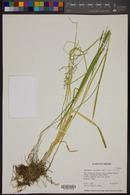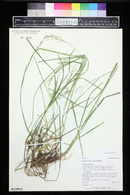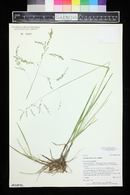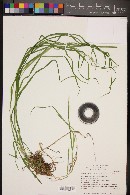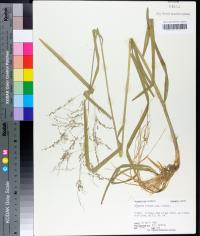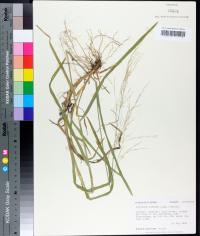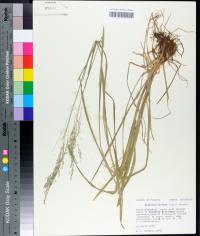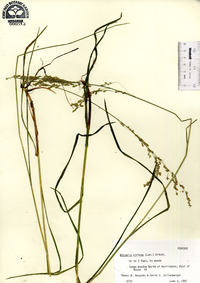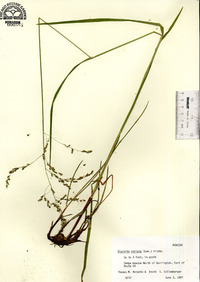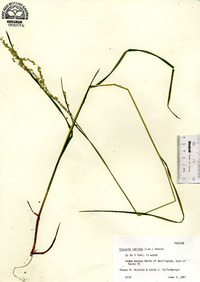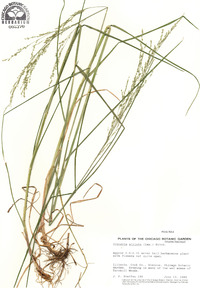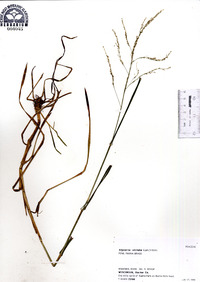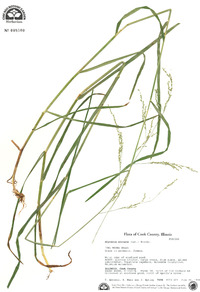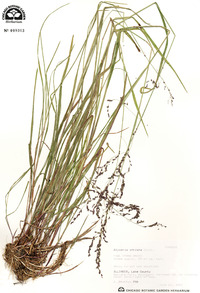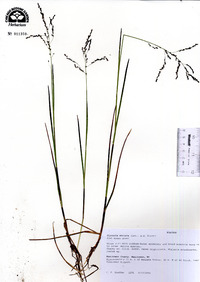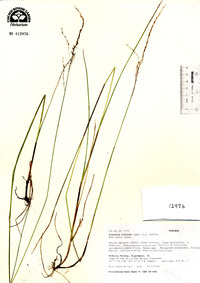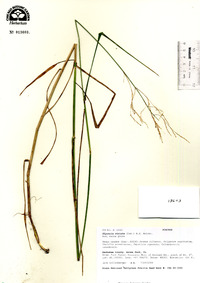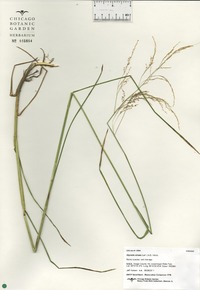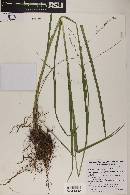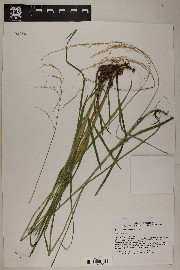Glyceria striata
|
|
|
|
Family: Poaceae
Fowl Manna Grass, more...tall mannagrass, fowl mannagrass, Glycerie Striee, Ridged Glyceria
[Catabrosa nervata (Willd.) Link, moreGlyceria aquatica subsp. nervata (Willd.) Douin, Glyceria mexicana (Kelso) Beetle, Glyceria michauxii Kunth, Glyceria neogaea , Glyceria nervata (Willd.) Trin., Glyceria nervata var. rigida (Nash) Lunell, Glyceria nervata var. stricta (Scribn.) Hitchc., Glyceria rigida (L.) Sm., Glyceria striata f. stricta (Scribn.) B. Boivin, Glyceria striata subsp. stricta (Scribn.) Hultén, Glyceria striata var. mexicana Kelso, Glyceria striata var. striata , Glyceria striata var. stricta (Scribn.) Fern., Panicularia nervata (Willd.) Kuntze, Panicularia nervata f. major Millsp., Panicularia nervata f. stricta (Scribn.) House, Panicularia nervata var. filiformis Farw., Panicularia nervata var. parviglumis Scribn. & Merr., Panicularia nervata var. purpurascens Farw., Panicularia nervata var. rigida , Panicularia nervata var. stricta , Panicularia nervata var. viridis Farw., Panicularia rigida (Nash) Rydb., Panicularia striata (Lam.) A.S. Hitchc., Poa lamarckii Kunth, Poa lineata Pers., Poa nervata Willd., Poa parviflora Nutt., Poa striata Lam., Poa sulcata Roem. & Schult.] |
Plants perennial. Culms 20-80 (100) cm tall, (1.5)2-3.5 mm thick, not or only slightly spongy, sometimes rooting at the lower nodes. Sheaths smooth to scab-ridulous, keeled, sometimes weak-ly so; ligules 1-4 mm, usually rounded, sometimes acute to mucronate, erose-lacerate; blades 12-30 cm long, 2-6 mm wide, abaxial surfaces smooth or scabridulous, adaxial surfaces scabridulous to scabrous. Panicles 6-25 cm long, 2.5-21 cm wide, pyramidal, open, nodding; branches 5-13 cm, straight to lax, lower branches usually strongly divergent to drooping at maturity, sometimes ascending, with 15-50 spikelets, these often confined to the distal 2/3; pedicels 0.5-7 mm. Spikelets 1.8-4 mm long, 1.2-2.9 mm wide, laterally compressed, oval in side view, with 3-7 florets. Glumes ovate, 1-1.5 times longer than wide, narrowing from midlength or above, veins terminating below the apical margins, apices often splitting with age; lower glumes 0.5-1.2 mm, rounded to obtuse; upper glumes 0.6-1.2 mm, acute or rounded; rachilla internodes 0.1-0.6 mm; lemmas 1.2-2 mm, ovate in dorsal view, veins raised, scabridulous over and between the veins, apices acute, prow-shaped; paleas slightly shorter than to equaling the lemmas, lengths 1.5-3 times widths, keeled, keels not winged, tips pointing towards each other, apices narrowly notched between the keels; anthers 2, (0.2)0.4-0.6 mm, purple or yellow. Caryopses 0.5-2 mm. 2n = 20 [reports of 28 are questionable]. Glyceria striata grows in bogs, along lakes and streams, and in other wet places. Its range extends from Alaska to Newfoundland and south into Mexico. Plants from the eastern portion of the range have sometimes been treated as G. striata var. striata, and those from the west as G. striata var. stricta (Scribn.) Fernald. Eastern plants tend to have somewhat narrower leaves and thinner culms than western plants, but the variation appears continuous. In the west, larger specimens are easy to confuse with G. elata. The two species are sometimes found growing together without hybridizing; this and molecular data (Whipple et al. [in prep.]) support their recognition as separate species. The differences between the two in growth habit and stature are evident in the field; they are not always evident on herbarium specimens. In its overall aspect, G. striata also resembles G. pulchella, but it has somewhat more lax panicle branches in addition to smaller spikelets and florets. Glyceria ×gatineauensis Bowden is a sterile hybrid between G. striata and G. melicaria. It resembles G. melicaria but has longer (up to 12 cm), less appressed panicle branches and is a triploid with 2n = 30. It was described from a population near Eardley, Quebec. An additional specimen, tentatively identified as G. ×gatineauensis, was collected in 1929 from French Creek in Upshur County, West Virginia. Glyceria ×ottawensis Bowden is a sterile hybrid between G. striata and G. canadensis. It is intermediate between the two parents, and is known only from the original populations near Ottawa. It has sometimes been included in G. ×laxa (Scribn.) Scribn. [= G. canadensis var. laxa]; that taxon often produces viable seed, indicating that it is not a hybrid. FNA 2007, Gould 1980 Common Name: fowl mannagrass Duration: Perennial Nativity: Native Lifeform: Graminoid General: Tufted perennial with stems 20-80 cm tall, 2-3.5 mm thick, slightly spongy, sometimes rooting at the lower nodes. Vegetative: Sheaths smooth to minutely roughened, keeled, but weakly so, blades 12-30 cm long, 2-6 mm wide, lower surfaces smooth or minutely roughened, upper surfaces minutely roughened to scabrous; ligules 1-4 mm, usually rounded acute to mucronate, erose. Inflorescence: Panicles open, 6-25 cm long, 2.5-21 cm wide, pyramidal, nodding; branches 5-13 cm, straight to lax, lower branches usually strongly divergent to drooping at maturity, sometimes ascending with 15-50 spikelets, these confined to lower two-thirds, on pedicels 0.5-7 mm; spikelets 2-4 mm long, 1-3 mm wide, laterally compressed, oval in side view, with 3-7 florets; glumes ovate, 1-1.5 times longer than wide, narrowing from midlength, veins terminating below apical margins; lower glumes 0.5-1.5 mm, rounded, upper glumes 0.5-1.5 mm; paleas slightly shorter than to equaling lemmas, 1.5-3 times as wide, keeled. Ecology: Found along streams in wet soils from 6,000-9,000 ft (1829-2743 m); flowers June-September. Notes: Can be distinguished by its habitat and by the delicate appearance of the panicle. Ethnobotany: Unknown Etymology: Glyceria is from Greek glykys for sweet, referring to the edible grains, while striata means striped. Synonyms: Glyceria elata, G. nervata, G. striata subsp. stricta, G. striata var. stricta, Panicularia nervata, P. striata Editor: SBuckley, 2010 Culms slender, tufted, erect, 5-12 dm; main lvs 2-5(-8) mm wide; ligule 1-3 mm; infl 1-2 dm, the numerous branches ascending, drooping at the tip, bearing spikelets mostly beyond the middle; spikelets green or purplish, ovate, 2.5-4 mm; 3-6-fld; glumes ovate to obovate, obtuse, thin, the first 0.5-1 mm, the second 0.8-1.3 mm; lemmas elliptic to obovate, with prominently raised veins, 1.4-2.1 mm, obtuse and ±scarious at the tip, palea narrowly obovate, 3-4 times as long as wide; anthers 2, 0.3-0.6 mm; 2n=20. Open swamps and marshes, often gregarious; Nf. and Lab. to B.C., s. to Fla. and Calif. A smaller, stricter form of the northern part of the range, the lemmas usually purplish and with distinctly scarious tip, has been segregated as var. stricta (Scribn.) Fernald. Gleason, Henry A. & Cronquist, Arthur J. 1991. Manual of vascular plants of northeastern United States and adjacent Canada. lxxv + 910 pp. ©The New York Botanical Garden. All rights reserved. Used by permission. From Flora of Indiana (1940) by Charles C. Deam Frequent throughout the state in wet soil in ditches, marshes, and wet woods, along streams, and about ponds and swampy places. ...... Indiana Coefficient of Conservatism: C = 4 Wetland Indicator Status: N/A Deam (1929): Like all members of the genus, this speices is much relished by grazing animals. |

